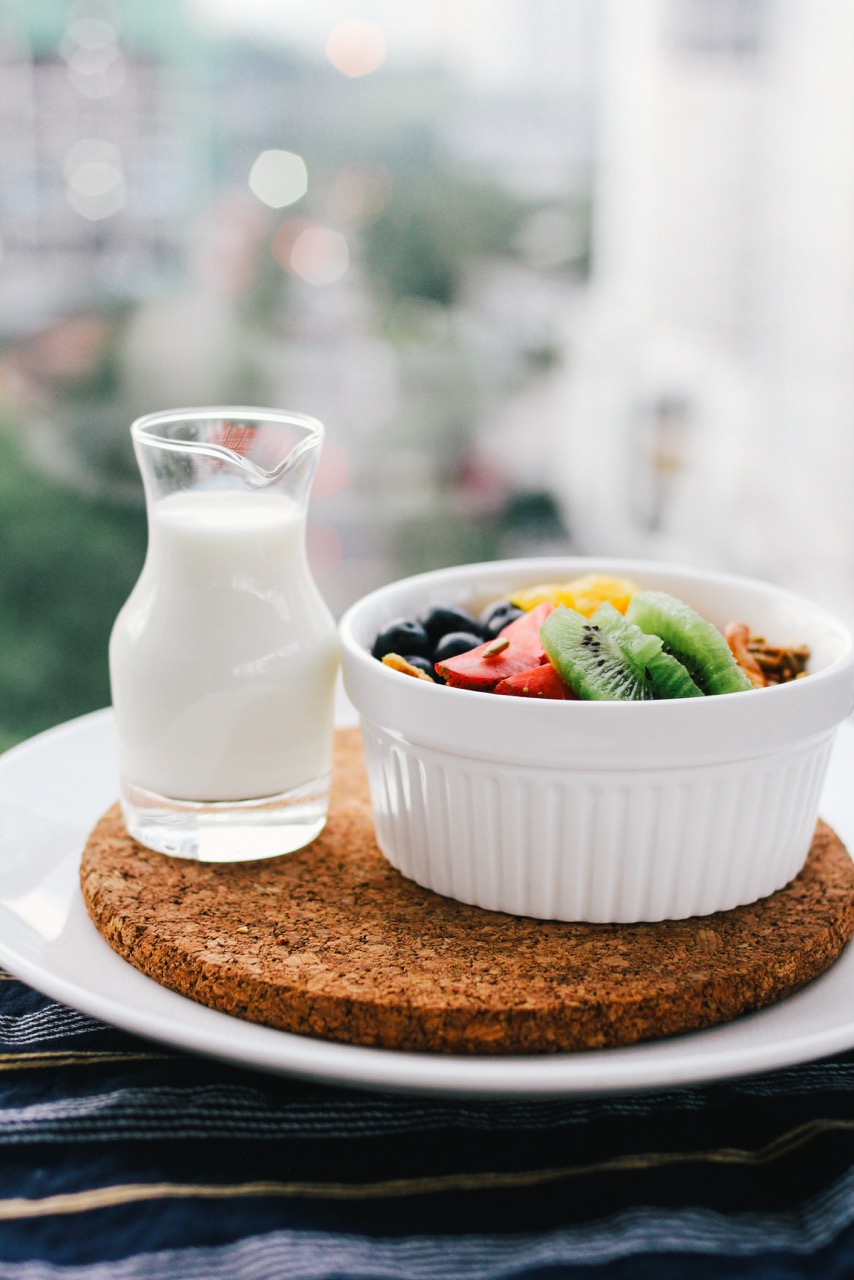In Outdoor Fitness, we don’t count calories. Portion control takes the place of calorie counting, a simple method that you can use anytime, anywhere—no scribbling, no calculators, no numbers to remember. This doesn’t mean we ignore calories—you’ve got to understand the caloric value of the food you eat—but practicing portion control is the easiest and most effective way to keep your plate in balance.
Don’t Supersize it
Portion sizes have spun out of control: Everything is supersized. This out-of-control portioning is part of the reason why more than 65 percent of Americans are overweight. We’ve simply forgotten what reasonable portions look like, and most of us are unaware of exactly how much we’re eating. A great way to help cut back on calories, however, is to use a smaller plate. A study by Brian Wansink, Ph.D., published in the American Journal of Preventive Medicine has demonstrated that reducing the size of your plate, bowl, cup, or spoon can actually help you control what you eat and diminish your portions. Participants in the study—all nutrition experts themselves—served themselves 31 percent more food when using the larger plate of two offered to them. People who used the larger bowl and spoon ate nearly 57 percent more than those who opted for the smaller bowl and utensil.
Get to Know A Portion Size
Create a plate based on these, and you’ll never find yourself mindlessly overeating:
• A serving of protein is about the size of the palm of your hand. Just the palm—not your fingers, too!
• A serving of carbohydrate is about the size of your fist. Think of a small apple.
• For chopped fruits, vegetables, and cooked whole grains, a serving is about what you can hold in your cupped hand, roughly 1/2 cup.
• For popcorn, cereal, and berries, a serving is about the size of a baseball, 1 cup.
• A serving of fats and oils is a small amount; use these foods sparingly. One tablespoon of oil is 14 grams of fat and approximately 100 calories.
• A serving of peanut butter is about the size of a walnut in its shell, 2 tablespoons.
• For hard fats, like butter and cheese, a serving is a pat of butter or the tip of your index finger.
For more information about Portion Control and how to stop mindless eating, check out Tina’s interview with Dr. Brian Wansink.
Back To Blog

